PTH induces bone loss via microbial-dependent expansion of intestinal TNF+ T cells and Th17 cells
- PMID: 31980603
- PMCID: PMC6981196
- DOI: 10.1038/s41467-019-14148-4
PTH induces bone loss via microbial-dependent expansion of intestinal TNF+ T cells and Th17 cells
Abstract
Bone loss is a frequent but not universal complication of hyperparathyroidism. Using antibiotic-treated or germ-free mice, we show that parathyroid hormone (PTH) only caused bone loss in mice whose microbiota was enriched by the Th17 cell-inducing taxa segmented filamentous bacteria (SFB). SFB+ microbiota enabled PTH to expand intestinal TNF+ T and Th17 cells and increase their S1P-receptor-1 mediated egress from the intestine and recruitment to the bone marrow (BM) that causes bone loss. CXCR3-mediated TNF+ T cell homing to the BM upregulated the Th17 chemoattractant CCL20, which recruited Th17 cells to the BM. This study reveals mechanisms for microbiota-mediated gut-bone crosstalk in mice models of hyperparathyroidism that may help predict its clinical course. Targeting the gut microbiota or T cell migration may represent therapeutic strategies for hyperparathyroidism.
Conflict of interest statement
The authors declare no competing interests.
Figures

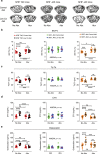
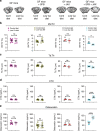


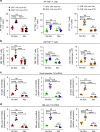
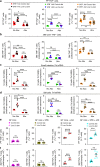

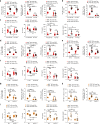
Comment in
-
Gut microbiota orchestrates PTH action in bone: role of butyrate and T cells.Kidney Int. 2020 Aug;98(2):269-272. doi: 10.1016/j.kint.2020.03.004. Epub 2020 Mar 25. Kidney Int. 2020. PMID: 32600825 No abstract available.
References
-
- Potts, J. Primary hyperparathyroidism. in Metabolic Bone Diseases, 1 (Avioli, L. V. & Krane, S. eds.) 411–442 (Academic Press, San Diego, 1998).
Publication types
MeSH terms
Substances
Grants and funding
LinkOut - more resources
Full Text Sources
Medical
Molecular Biology Databases

